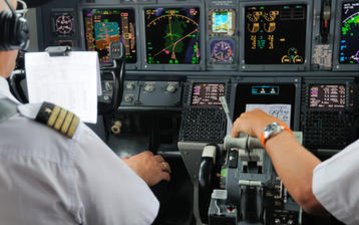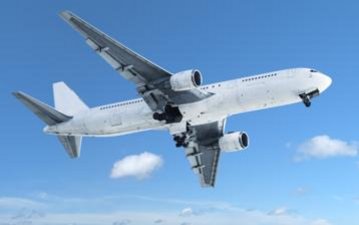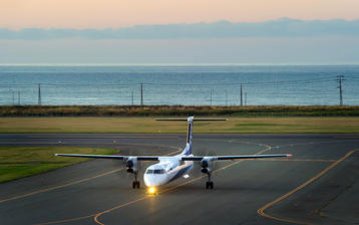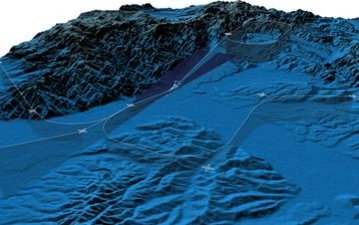Overview
Large wind turbines may have a significant impact on safety and regularity of aircraft operations – incl. risk of collision, turbulences as well as interference with communication, navigation and surveillance (CNS) facilities.
airsight assists wind farm developers to resolve complex wind farm planning issues related to aviation. Based on impact and risk assessment, potential mitigation measure may be required and are developed.
Since April 2020 airsight has been entitled by the German Federal Ministry of Transport (BMVI) as authorized entity to verify aircraft detection lighting systems (ADLS).
Feasibility Checks
Identification of potential restrictions and height limitations at an early planning phase
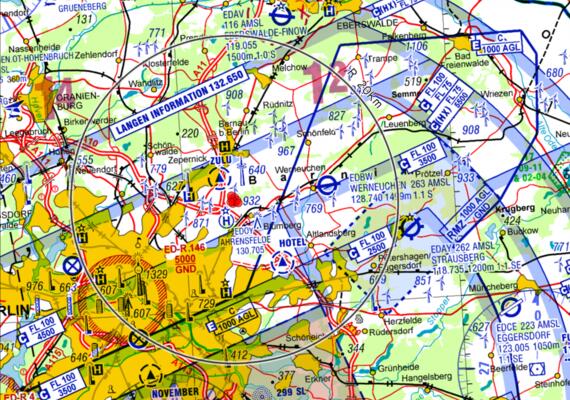
Often wind farm developers require a first indication of possible limitations to wind farm developments induced by aviation needs.
airsight assists wind farm developers to identify potential constraints in an early project phase, supporting efficient development planning.
Typically, the potential impact of various aviation related aspects will be analyzed, such as:
- aerodromes and helicopter landing sites;
- visual flight procedures and oeprations;
- initial estimation of instrument flight procedures;
- minimum vectoring altitudes (MVA);
- control zones (CTR);
- safeguarding surfaces of communication, navigation and surveillance (CNS) facilities.
The feasibility check is to identify potential restrictions and height limitations at an early planning phase without the need of a detailed assessment. In case a potential impact is identified, more detailed assessment can be conducted.
Aeronautical Studies
Impact Assessment of wind turbines on the safety and regularity of aircraft operations
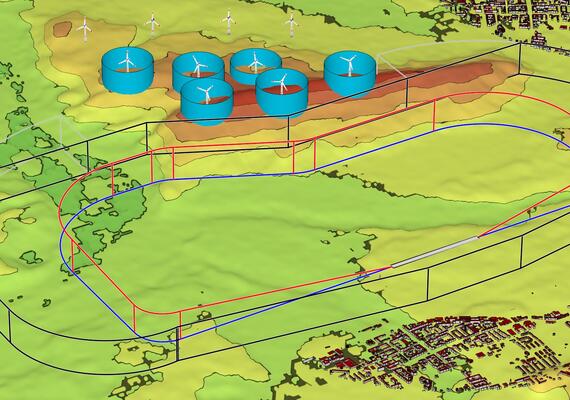
The transition towards renewable energies is a key component in the future global energy system.
In many cases, this requires a balance of the need of developing wind turbines and aviation’s safety objectives and needs. These needs as well as the concepts of applicable regulations are complex and frequently misunderstood by the stakeholders.
airsight assists project developers and other stakeholders in assessing the impact of wind turbines on the safety and regularity of aircraft operations.
Typically, such aeronautical studies includes aspects such as:
- analysis Obstacle Limitation Surfaces (OLS) and other relevant surfaces;
- assessment of visual flight operations such as approach, departure and circuit patterns;
- assessment of the impact on instrument approach and departure procedures;
In addition, potential turbulences and other aerodynamic effects induced by wind turbines may be assessed.
If needed, mitigation measures are developed as technical or operational solutions may be available to resolve or minimize adverse impacts. Such may include optioneering of the wind farm development as well as the development of proposals for flight procedures adjustments to ensure that the needs and requires of both, renewable energies and aviation, are met.
Aircraft Detection Lighting Systems (ADLS)
airsight has been entitled as authorized entity to verify aircraft detection lighting systems

Since April 2020 airsight has been entitled by the German Federal Ministry of Transport (BMDV, previously BMVI) as authorized entity to verify aircraft detection lighting systems (ADLS).
airsight supports ADLS manufacturers as well as project developers with the site-specific verification of the local implementation facilitating the approval process.
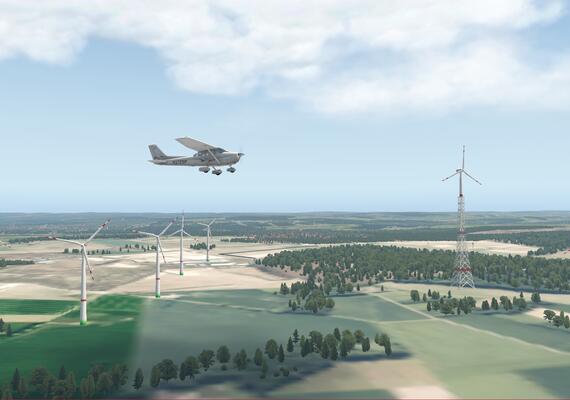
High rising objects typically must be marked and lighting to ensure safe air operations.
International and national requirements specify which objects must be marked and/or lighted and how this needs to be accomplished.
For wind turbines, regulatory requirements are provided for wind turbines with a height of up to 315 m above ground level. For higher wind turbines, a marking and lighting concept needs to be prepared.
airsight supports developers and regulators to assess marking and lighting standards and to develop related concepts and safety analysis.

CNS systems are very vulnerable to adverse effects caused by physical obstacles such as wind turbines. As a first step, an analysis CNS safeguarding surfaces may be conducted in order to identify the need for detailed CNS assessment. The CNS safeguarding surfaces, or building restricted areas (BRA), typically considered for the analysis are based on ICAO EUR Doc 015 “Guidance Material on Managing Building Restricted Areas”. Proposed developments infringing the CNS safeguarding surfaces may have an impact on CNS facilities and therefore need further detailed assessment.
To determine the potential impact on DVOR facilties induced by wind turbines, the angular error may be simulated by a model which was developed as part of a research project in Germany (WERAN / WERANplus). This formula is also applied by the German air navigation service provider “Deutsche Flugsicherung” (DFS) and accepted by the responsible German authority (BAF).
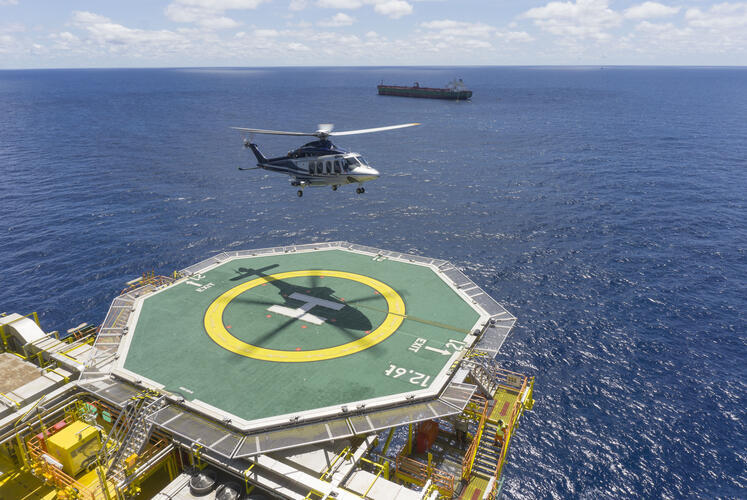
airsight offers helideck inspection services for offshore and onshore installations. This includes helicopter landing decks on platforms and ships as well as winch operating areas.

Do you have a project that you'd like to discuss with us?
Send us a message, we will review your request and get back to you! To ease processing, kindly use this table with basic information about your wind turbines and attach it to your message.


